trees
Thursday, August 31st, 2006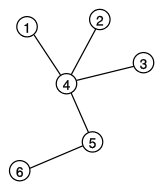
trees in the urbanforest.
via slanted.
randformblog on math, physics, art, and design |

trees in the urbanforest.
via slanted.
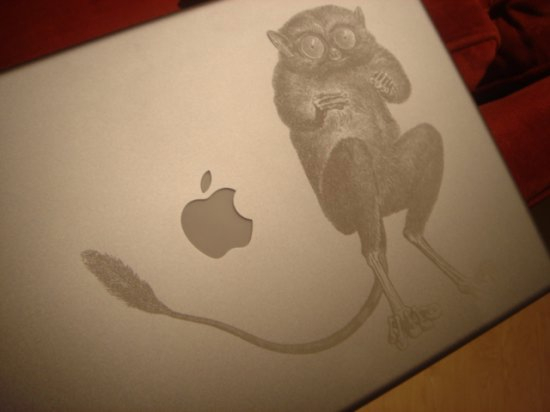
Did the tarsier eat the simple apple because there was a worm inside?
— a celtic moddyfying case modding of apple power book logo design on this video.
—nintendo DS modding
–PC case modding in the upcoming part II of the games convention report…if I find time to upload the images.
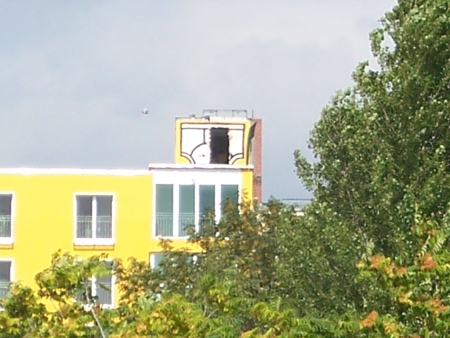
The VVR berek – a subsidiary company of the Berlin public transport company BVG which is in charge for selling advertisement spaces in Berlin public transport is going to be sold. Unexpectedly…
(more…)
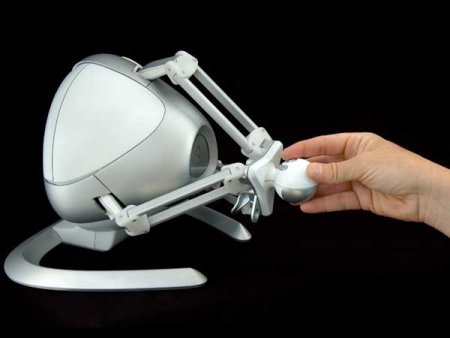
Here comes a little post in between – I haven’t yet found the time to upload the rest of the games convention images. However it is now – after the GC is over – clear that there are anyways no big news from the GC: Despite a record of 183 000 visitors the battle over new game consoles is postponed to the Tokyo game show. Probably even without feeling ridiculous Sony showed at the GC just a dummy PS3 under glas and trailers in wmv format. But also Nintendo didn’t show the wii console to the public (but only to showmasters) and found it funny to make riddles about the wii release date, which seems to be Oct. 2. Somehow I missed the joke probably.
Most interesting for us were the game controllers. Both consoles seem to have sensors for measuring rotation and acceleration. See e.g. STMicroelectronics and Analog Devices.(as an intro: wikipedia on MEMS). However the wii seem to need also infrared contact.
Whatsoever another 3D controller which might be even more interesting – especially if the specifications of the game controllers are not openly usable is the Novint Falcon (see image above from wikipedia) – announced on the E3 to be available for under 100$.
Meanwhile the math TU group/jReality group lost patience and bought this nice little gadget.
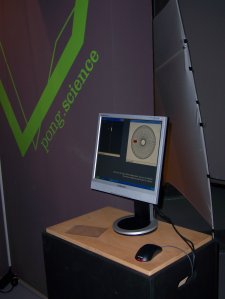
From 24.8-27.8.2006 there is the socalled Games Convention (GC) in the City of Leipzig. The games convention is – next to the Tokyo Game Show and the E3 (which got small this year) – the biggest fair for computer games in the world. For this years fair there have been already now more than 150 000 visitors. Part of the GC was the exhibition pong.mythos, which was generously placed right behing the XBox 360s booth. pong.mythos is an exhibition around the game pong, which serves as a central example in the development of computer games. daytars ToPong has an extra stand at the pong.mythos exhibition (see image above) and we hope that all 170 000 visitors or so come to play! :=0.
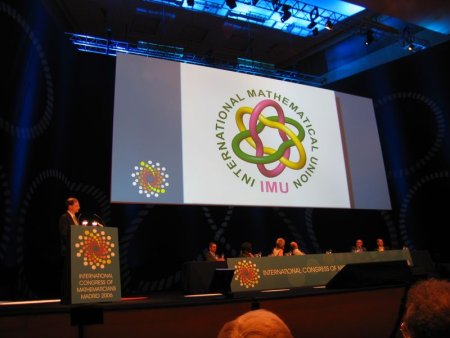
Today was the opening ceremony of the ICM (the International Congress of Mathematicians in Madrid). The ICM which is organized by the IMU (the International Mathematical Union) is the most important social gathering of mathematicians. In particular at the ICM the most prestigious mathematical prizes are awarded. There is no Nobel prize for mathematics and thus the Fields Medal is often denoted as an equivalent. However the Fields medal is only for mathematicians under 40 and rather for their body of work than a particular result. For that reason a special prize had to be created in 1998 for Andrew Wiles who solved one of the longest open problems in math history, but who happened to be over 40. This years winners are: Andrei Okounkov (Russia/US), Grigori Perelman (Russia), Terence Tao (Australia), Wendelin Werner (France).
His Majesty the King of Spain Juan Carlos was honouring the ceremony with his presence. In 1998 the ICM was in Berlin. Neither the president, nor the chancellor attended the opening ceremony. There was even no report on Tagesschau – the most important german public TV news format. I guess this says enough about the current state of public support of mathematics in Germany… So – hopefully good luck for spanish mathematics!
And it is of course very flattering for some of the randform crew to see His Majesty the King of Spain Juan Carlos twisting his head (in the middle with the white jacket) for the new logo of the IMU designed by John Sullivan —since the logo video he is watching had been done with jReality!
Many congratulations to the winners of the various IMU prizes and of course especially to John for winning the logo design competion with his logo and Charles Gunn who realized the video! Thanks to John also for the image.
A short link to a swedish site which is a sharing site for piano music. On this site people can submit their own piano recordings. Likewise the submitted piano music can be downloaded for free. There are no copyright problems if the composer had been dead for over 70 years or consented to the publication.
(more…)
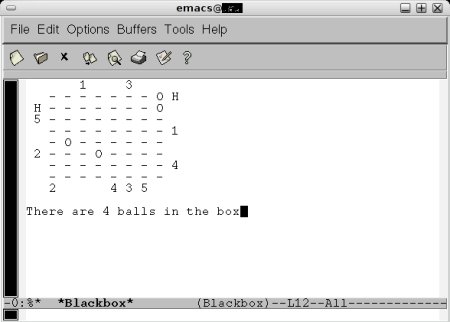
This is a sort of follow-up post to the LaTeX and Metafont post, because it features (among others) the text editor “emacs” which is THE editor for LaTeX.
(more…)
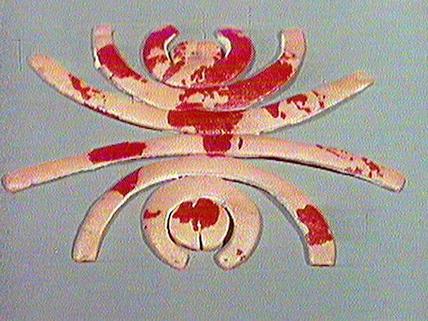
One of the first mathematical visualization clips if not the first is: the impossible map by Evelyn Lambart from 1947. In the film it is explained how to find coordinate maps for a sphere, partially exemplified with a grapefruit.
Evelyn Lambart is usually in the shadow of her frequent collaborator Norman McLaren, with whom she worked together in the fifties.
They both liked to play with graphical and likewise mathematical “entities”, like lines and shapes in the interplay with coulours:
Caprice en Couleurs (1949)
Around is Around (1951)
Horizontal Lines (1962)
Vertical Lines (1960)
But both have in their animations also more “lifelike” shapes, like birds and variation of birds, which are coloured but which are mostly “flat” reminding of “shadow figures” like e.g. in the animations of Charlotte Reiniger. This was partially due to their cut-out and scratching techniques. However also real life appears in their films. Evelyn Lambart did a lot of illustrative animations for other science films, but also for e.g. the film: A Chairy Tale, which reminds me of the earlier mentioned Georges Méliès. (Watch e.g. his film “Un homme de tete” from 1898, which is currently on youtube.com)
Remark: It seems that since two days there is Blinkity Blank by Norman McLaren on Youtube.com, and also parts of Prince Achmed by Lotte Reiniger. I dont know how long the films will be there, and what copyright problems are involved with them, thats why I dont link them.
update 11.10.10: An approximate and by no means accurate visual demonstration of the proposition that the area of a sphere is four times the area of its circular shadow (look also at this comment)
Take half an orange:
Peel the half orange in a spiral. You peel the spiral in such a way that you go around twice in order to peel it fully, while keeping the width of the spiral arm (approx.) constant (that is you peel an archimedian or arithmetic speiral). By looking at the peeled orange one (more or less badly) sees that going around only once, one peeled off a part which covers roughly the area of the circular shadow:
Fold the spiral in the middle and put the two spiral halfs on top of each other:
One (again more or less badly) sees that the middle of the spiral is (approximately) at the point where the spiral had gone around once:
So roughly one half of the spiral covers the area of half of half of an orange (because the two folded halfs of the spiral cover half an orange). In the meantime such a half also covered the circular shadow (i.e. that what you see by looking onto the orange from above), i.e. the second half was more or less perpendicular to the viewer and was thus (almost) not visible.
This is of course no prove of the proposition but gives only a rough feeling, that the proposition could be true.
There are those parties, where you are asked in the very first minutes of a small talk, what you do in your life. And if your answer is “I am a mathematician” then the reaction is usually rather passionate. Either you found some kind of soul mate, someone who understands or – and that happens very often – you are confronted with sentences like: “Ohh – really — I always hated math – I always had problems with the math!”. Now replace “math” with “law” in the last two sentences and look what you get….—OK -put that ittle joke aside- instead of lawyer, plug in: social worker, english teacher, baseball trainer etc. You will rather rarely hear: I was always hated social sciences, english, sport etc. , whereas for math (and physics) it is the generic situation. This is because in nowadays (western?) society it is too often a good thing to dislike math.
If you are on a party it is easy to deal with that disdain – either you stick to the math lovers or you take your revenge by “Oh you just had bad teachers – let me explain the addition theorem of trigonometric functions!” :O (yes this is a nerd joke — happened out of desperation :))
However if the open dislike of math is expressed by a public person like a politician or a journalist than this isn’t fun anymore, because it involves the development of a public opinion about an issue.
(more…)